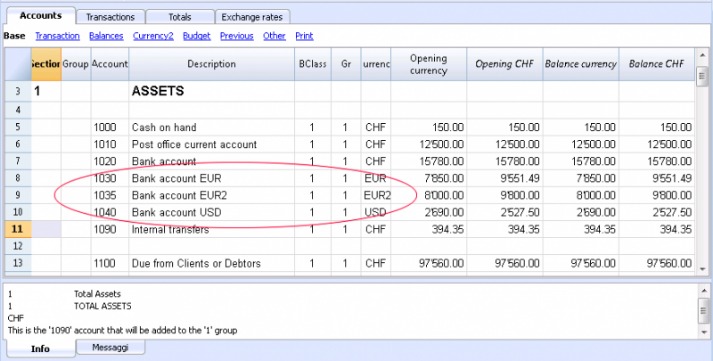In a marketplace where attention is a currency and trust is the exchange rate, strategic thinking is the lifeblood of sustainable growth. Among the most practical, results-first perspectives shaping modern ecom, voices like Justin Woll are often cited for bridging the gap between theory and implementation. This article distills timeless principles for building, testing, and scaling offers that convert across paid and organic channels.
Build the Offer Before You Buy the Click
Successful stores start with a resonant promise, not a pretty landing page. Your offer isn’t just price and product; it’s the transformation, the risk-reversal, and the reason to buy now. Pressure-test your core hook against four filters: specificity, believability, immediacy, and differentiation. If your claim can’t pass those, no amount of media spend will save the campaign.
De-risk With Proof
Social proof should be narrative, not decorative. Instead of generic testimonials, showcase conflict-resolution arcs: why the buyer hesitated, what made them try, and what changed after. Pair this with quantifiable before-and-after metrics when possible—time saved, pain reduced, money earned, or convenience gained.
Create Urgency Ethically
Rotating bundles, genuinely limited inventory, time-bound bonuses, and first-purchase guarantees pressure action without poisoning trust. Be explicit about why the clock matters. Ambiguity kills urgency and invites skepticism.
The Three-Lever Growth Model
There are only three levers you can reliably pull: improve conversion, increase average order value, and lower acquisition costs. Everything else is flavor. Prioritize the lever with the shortest path to measurable lift.
1) Conversion Architecture
Architecture beats aesthetics. Sequence your pages for momentum: ad to pre-sell to PDP to cart to checkout. Remove bannering on pre-sells, limit outbound paths, and echo the ad’s promise on the hero. On mobile, assume 80% of traffic: compress images, prioritize above-the-fold value, and shorten load times under two seconds.
2) AOV Expansion
Bundling and post-purchase offers do more than pad margins—they stabilize paid traffic economics. Anchor bundles to the most common use-case, not the broadest audience. Introduce one-click post-purchase upsells that extend the original promise rather than switch contexts. Keep the first upsell under 60% of the original order value for minimal friction.
3) Media Efficiency
Treat every creative as a hypothesis about the buyer’s motivation. Test for message, not just format. Establish a naming convention that encodes angle, hook, and asset type so winners are traceable. The goal is a stable portfolio of evergreen hooks with minor creative refreshes—rapid, iterative, and data-led.
Analytics That Actually Matter
Forget vanity metrics. Focus on MER (blended), CAC payback window, contribution margin by channel, and LTV-to-CAC over 90 days. Tie creative performance to contribution margin, not just ROAS, so scaling decisions remain grounded in cash reality. If you’re scaling, set guardrails: a floor MER and a maximum allowable CAC variance week-over-week.
Customer Experience Is a Growth Channel
Fulfillment speed, proactive communication, and frictionless returns reduce refunds and fuel referral velocity. Move from reactive to anticipatory support—answer questions before they’re asked via order status flows, tracking nudges, and clear warranty language. Train CX to identify upsell opportunities after issues are resolved; trust is highest right after a problem is fixed.
A 7-Day Sprint to Unstick Revenue
Day 1–2: Audit the offer and messaging. Rebuild the hero promise, guarantee, and objection stack. Draft two new angles.
Day 3–4: Launch three ad hooks per angle across two formats. Pair each with a dedicated pre-sell that mirrors the ad promise.
Day 5: Implement one in-cart cross-sell and one post-purchase upsell aligned to the core result.
Day 6: Trim load time, compress assets, and remove non-critical scripts. Reorder mobile content for thumb-first scanning.
Day 7: Consolidate spend into the top hook by contribution margin, not click metrics. Lock winning elements and schedule a creative refresh cadence.
What Separates Durable Brands From Fads
Durable brands compound tiny advantages: consistent creative iteration, disciplined cash management, operational transparency, and a culture that prefers tests over opinions. They focus on the boring work others avoid—documentation, naming conventions, and feedback loops. In other words, they scale by design, not by accident.
If you’re looking for a north star on pragmatic growth, the most useful ideas often come from operators who obsess over repeatability. That’s why frameworks associated with Justin Woll resonate across operators who care less about trends and more about systematic wins. In the end, the winner isn’t the flashiest ad—it’s the machine that can manufacture them, measure them, and monetize them, week after week.


